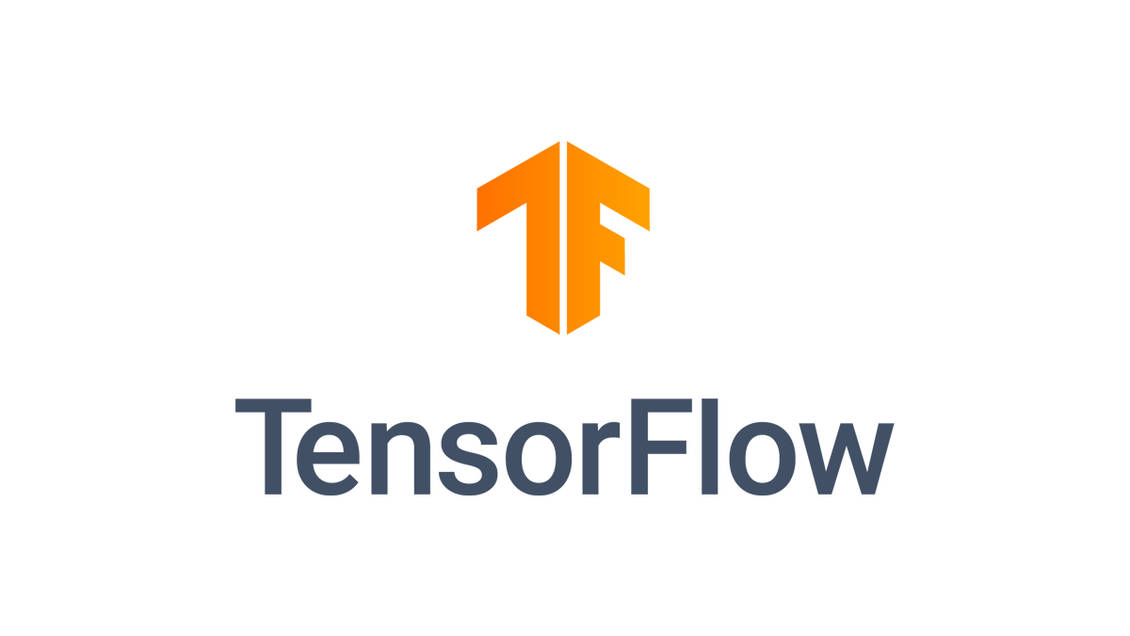
TensorFlow
Author: Rushikesh Chavan
Date: 30-09-2022
TensorFlow
TensorFlow is Google Brain's second generation system. Version 1.0.0 was released on February 11, 2017. The reference implementation runs on a single device, but TensorFlow can run on multiple CPUs and GPUs (with optional CUDA and SYCL extensions for general purpose computing on GPUs). TensorFlow is available for 64-bit Linux, macOS, Windows, and mobile computing platforms including Android and iOS.
Its flexible architecture makes it easy to deploy computing across different platforms (CPU, GPU, TPU), from desktops to server clusters, mobile devices to edge devices.
Computations in TensorFlow are represented as stateful data flow graphs. The name TensorFlow comes from the operations such neural networks perform on multidimensional arrays of data called tensors. At the Google I/O conference in June 2016, Jeff Dean explained that 1,500 repositories on GitHub mention TensorFlow, of which only 5 belong to Google .
In December 2017, developers from Google, Cisco, RedHat, CoreOS and CaiCloud announced his Kubeflow at a conference. Kubeflow lets you operate and deploy TensorFlow on Kubernetes.
In March 2018, Google announced his TensorFlow.js version 1.0 for his JavaScript machine learning.
In January 2019, Google announced his TensorFlow 2.0. Officially available in September 2019.
In May 2019, Google announced his TensorFlow Graphics for deep learning in computer graphics